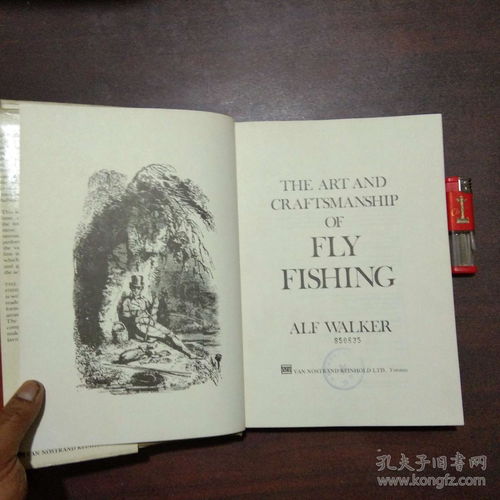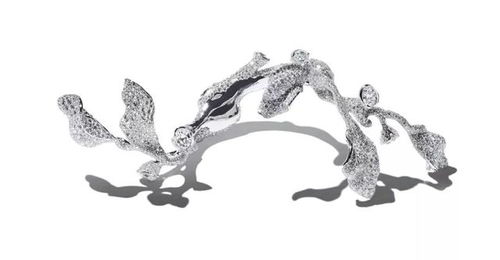
When it comes to fishing, the river bend can be a challenging yet rewarding spot to cast your line. The unique characteristics of a river bend, with its slower current and increased vegetation, offer both opportunities and challenges for anglers. In this article, we will delve into the essential techniques for fishing at river bends, ensuring you can make the most of these picturesque locations.
Understanding the River Bend
Before we dive into the fishing techniques, it's important to understand the dynamics of a river bend. River bends are formed where the river meanders, creating a curve in the watercourse. This curve often leads to slower-moving water, which can be a haven for fish looking for a break from the strong currents. The increased vegetation, such as submerged plants and overhanging trees, also provides shelter and cover for fish.
Choosing the Right Gear
To effectively fish a river bend, you'll need the right gear. Here are some essential items to consider:
Rod and Reel: A medium to heavy-action rod is ideal for river bends, as it can handle the heavier lines and tackle needed for deeper water. A spinning reel is often preferred for its ease of use and versatility.
Line: Use a braided line for the added strength and sensitivity. The thickness of the line should be appropriate for the fish you're targeting and the conditions of the river bend.
Lures and Baits: For river bends, lures that mimic natural prey such as minnows, crayfish, or insects are often effective. Soft plastics, spinnerbaits, and crankbaits are popular choices.
Tackle: Ensure you have a variety of hooks, sinkers, and swivels to adapt to different fishing situations.
Spotting the Hot Spots
When fishing a river bend, it's crucial to identify the hot spots. These are areas where fish are more likely to congregate. Look for the following:
Structure: Look for submerged rocks, logs, or vegetation that can provide shelter for fish.
Current Breaks: Areas where the current slows down, such as behind a rock or a fallen tree, can be prime spots.
Vegetation: Fish often feed on or near vegetation, so areas with dense underwater plants can be productive.
Shallow to Deep Transitions: The gradual transition from shallow to deep water can be a productive spot, as fish may move into the deeper water to rest.
Fishing Techniques
Now that you have your gear and have identified potential hot spots, here are some techniques to help you catch fish at river bends:
Cast to the Outside: Since the current tends to push fish towards the outside of the bend, casting to this side can be more effective.
Use the Current: Allow your lure to drift with the current. This can mimic the natural movement of prey and attract fish.
Change Lures: Experiment with different lures and baits to see what the fish prefer. Sometimes, a slow-moving bait can be more effective than a fast-moving lure.
Adjust Your Depth: Vary the depth of your lure by adjusting the weight or using a different retrieve technique. Fish may be found at different depths depending on the water temperature and time of day.
Patience is Key: River bends can be unpredictable, and fish may not bite immediately. Be patient and wait for the right moment to cast or retrieve.
Stay Quiet: The noise of your movements can spook fish, so move quietly and avoid unnecessary noise.
Use a Scent: Applying a scent to your bait or lure can sometimes make the difference, especially when fishing in murky water.
Conclusion
Fishing at river bends can be a challenging but highly rewarding experience. By understanding the dynamics of river bends, choosing the right gear, and employing effective techniques, you can increase your chances of success. Remember to be patient, experiment with different methods, and enjoy the beauty of the river as you wait for that telltale tug on your line. Happy fishing!












